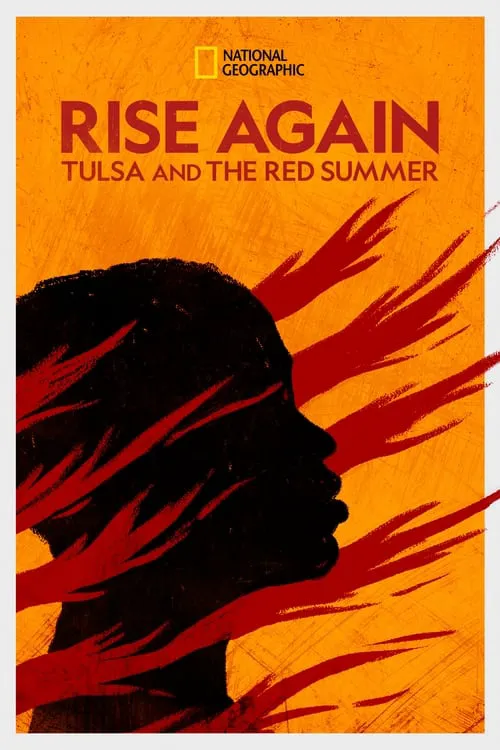Rise Again: Tulsa and the Red Summer

พล็อต
The film Rise Again: Tulsa and the Red Summer takes a poignant and thought-provoking look at one of the darkest periods in American history, delving into the devastating events of the 1921 Tulsa Massacre. The movie's narrative unfolds as a powerful exploration of racism, violence, and resilience, shedding light on the experiences of the African American community in Tulsa during that pivotal moment in time. At its core, the film tells the story of the Greenwood District, the thriving African American community in Tulsa that became the epicenter of one of the most violent and destructive episodes of racist terror in the United States. The film masterfully weaves a narrative that not only examines the events leading up to the massacre but also delves into the lives of ordinary people caught in the crossfire. One of the key characters is Dick Rowland, a young African American man accused of assaulting a white woman named Sarah Page in a local elevator. As the trial approaches, racial tensions rise, and the community grows increasingly anxious. While the movie's portrayal of Dick is based on real events, it also incorporates fictional elements to provide a more nuanced and engaging narrative. On May 31, 1921, a crowd of armed white men marches through the streets of Greenwood, their intentions clear: to exact revenge on the African American community they deem responsible for the alleged assault. As violence erupts, the film vividly depicts the widespread destruction, with homes and businesses set ablaze, and innocent people beaten or killed. The scenes are heart-wrenching and unsettling, forcing viewers to confront the horrors of racial vigilantism and its devastating impact on the victims. The film's use of historical footage and reenactments adds a visceral dimension to the narrative, making it difficult to shake the feeling of outrage and sadness. One of the pivotal characters in the story is Buck Colbert Anaey, Dick's court-appointed attorney, who becomes central to the fight for justice. However, as tensions escalate and the white mob becomes increasingly belligerent, even the law seems unable to protect the African American community. The film also focuses on the efforts of local and national leaders to respond to the crisis, including the involvement of African American newspaperman and activist A.J. Smitherman. While their actions demonstrate the resilience and determination of the community, their efforts ultimately prove insufficient to prevent the horrors that unfold. Rise Again: Tulsa and the Red Summer ultimately serves as a poignant reminder of the country's long history of racism and violence, highlighting the ongoing struggle for justice, equality, and human rights. By focusing on the lived experiences of ordinary people caught in the midst of extraordinary events, the film creates a powerful tribute to those who lost their lives in the 1921 Tulsa Massacre. As the narrative unfolds, the story becomes a haunting exploration of the ways in which systemic racism and xenophobia have been used to justify violence and oppression. The film encourages viewers to reflect on the past, acknowledging the long shadow of racist institutions and ideologies that continue to shape American society today. Through its thoughtful portrayal of the African American experience in Tulsa during this pivotal moment in time, the film offers a message of hope and resilience, underscoring the importance of confronting the darkest aspects of American history in order to move toward a more just and equitable future. As such, Rise Again: Tulsa and the Red Summer stands as a powerful reminder of the enduring power of the human spirit, even in the face of overwhelming adversity.
วิจารณ์
คำแนะนำ




